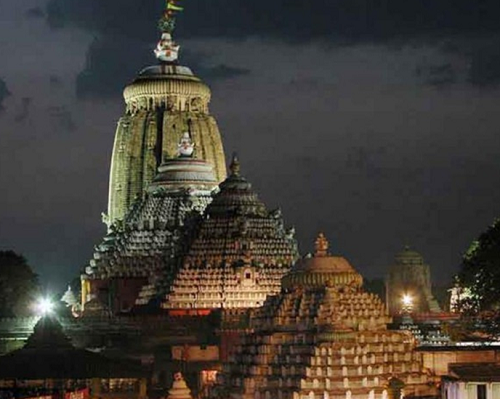Royal Enfield
(Created page with "{| class="wikitable" |- |colspan="0"|<div style="font-size:100%"> This is a collection of articles archived for the excellence of their content.<br/>You can help by converting...") |
|||
| Line 31: | Line 31: | ||
Generally, seasonal ingredients grown in temple premises are used to make the offerings and spices are kept to a minimum in order to make satvik food (food prepared without onion and garlic).Temples in India have their own unique style of cooking and cuisine. Check out this list of some ofIndia’s most famous temples and their legendary cuisines. | Generally, seasonal ingredients grown in temple premises are used to make the offerings and spices are kept to a minimum in order to make satvik food (food prepared without onion and garlic).Temples in India have their own unique style of cooking and cuisine. Check out this list of some ofIndia’s most famous temples and their legendary cuisines. | ||
| + | |||
| + | =See also= | ||
| + | [[Padmanabha Swami Temple in Kerala: Cuisine]][[Golden Temple in Punjab: Cuisine]][[Lord Jagannath Temple in Odisha: Cuisine]][[Lord Vishnu]][[Thiruvananthapuram: Sri Padmanabhaswamy temple]][[Chennai: Alamara Vinayakar temple]] | ||
Revision as of 20:02, 9 March 2014
This is a collection of articles archived for the excellence of their content. Readers will be able to edit existing articles and post new articles directly |
Temple Foods of India: Cuisine
By MadhuliTrivedi on September 13, 2013
“There is no love sincerer than the love of food.” ― George Bernard Shaw In India, temple food has always held a special place in the hearts of those who have a religious bent of mind. Paying homage in the form of food to the gods and goddesses is a practice that is commonly followed in a country of numerous rituals.
Food served in temples in Indiais regarded as pure and sacred. These offerings, known as ‘prasada’ in Sanskrit, are either made in the temple itself or are offered by devotees. It is believed that there are around 33 million gods and goddesses in India, so one can just imagine the number of food ceremonies that are performed in temples. Each shrine has its own special prasada and often has vast dining areas to offer food to devotees.
Generally, seasonal ingredients grown in temple premises are used to make the offerings and spices are kept to a minimum in order to make satvik food (food prepared without onion and garlic).Temples in India have their own unique style of cooking and cuisine. Check out this list of some ofIndia’s most famous temples and their legendary cuisines.
See also
Padmanabha Swami Temple in Kerala: CuisineGolden Temple in Punjab: CuisineLord Jagannath Temple in Odisha: CuisineLord VishnuThiruvananthapuram: Sri Padmanabhaswamy templeChennai: Alamara Vinayakar temple
